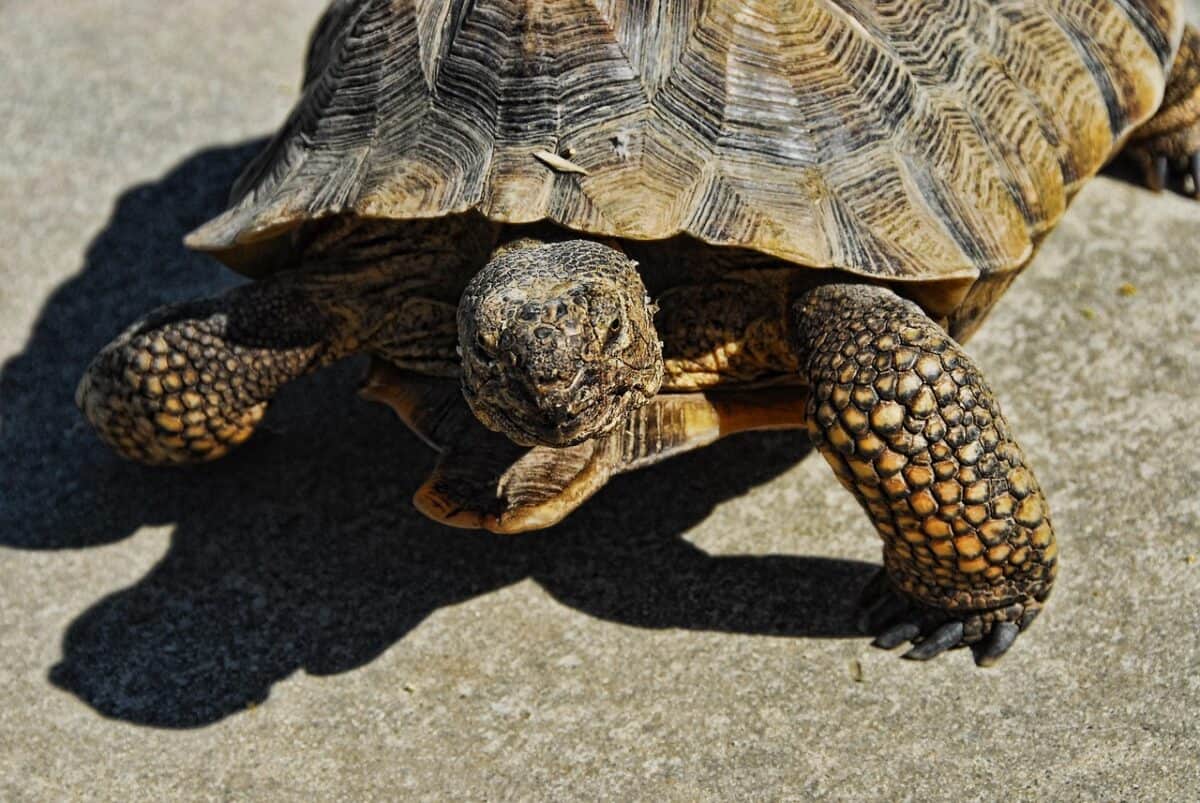In the vast tapestry of Earth’s biological history, extinction represents the final chapter for countless species. Yet, against overwhelming odds, some animals have managed to defy their seemingly inevitable fate. These resilient creatures were once thought lost forever, only to be rediscovered, sometimes centuries later, surviving in remote pockets of the world. Their stories represent not just biological curiosities but powerful testimonies to nature’s tenacity and the importance of conservation efforts. From the mysterious depths of the ocean to isolated forest fragments, these 13 remarkable animals have earned the title of “Lazarus species” – named after the biblical figure who rose from the dead. Their continued existence offers hope in an era of unprecedented biodiversity loss and reminds us that sometimes, even in the natural world, second chances do occur.
The Coelacanth A Living Fossil From The Deep

Perhaps the most celebrated case of a species “returning from the dead” is the coelacanth, a prehistoric fish that swam alongside dinosaurs over 65 million years ago. Scientists believed this ancient lineage had vanished during the same mass extinction event that wiped out the dinosaurs – until 1938, when a living specimen was discovered off the coast of South Africa. Museum curator Marjorie Courtenay-Latimer found the unusual fish among a fishing boat’s catch and recognized its significance, leading to its identification by ichthyologist J.L.B. Smith.
The discovery sent shockwaves through the scientific community, comparable to finding a living dinosaur. Coelacanths are often called “living fossils” due to their remarkably unchanged appearance over millions of years. These large, blue-gray fish can grow up to 6.5 feet long and weigh 200 pounds. They possess distinctive lobed fins that move in an alternating pattern, similar to a four-legged land animal’s gait, providing a fascinating glimpse into the evolutionary transition from fish to tetrapods. Today, small populations of coelacanths are known to exist in deep waters near the Comoro Islands, Indonesia, and other locations in the Indian Ocean, though they remain critically endangered.
The Bermuda Petrel The Cahow’s Return

The Bermuda petrel, locally known as the cahow, was one of the first birds documented by European settlers in the New World. These seabirds once numbered in the hundreds of thousands on Bermuda, but by the 1620s, they were believed extinct – victims of human hunting, introduced predators, and habitat destruction. For over 300 years, the species existed only in historical records and local folklore. Then, in an astonishing turn of events, in 1951, a small population was discovered nesting on several tiny islets off Bermuda’s coast.
American ornithologist Robert Cushman Murphy and Bermudian naturalist Louis Mowbray confirmed the discovery of 18 nesting pairs, launching what would become one of the world’s longest-running and most successful seabird conservation programs. Through dedicated protection efforts, including the construction of artificial nest burrows and the establishment of a nature reserve, the cahow population has gradually increased to over 140 breeding pairs. The bird’s journey from presumed extinction to gradual recovery represents one of conservation’s most inspiring success stories, though climate change and sea-level rise now present new challenges to this still-vulnerable species.
The Terror Skink A Lizard Lost and Found
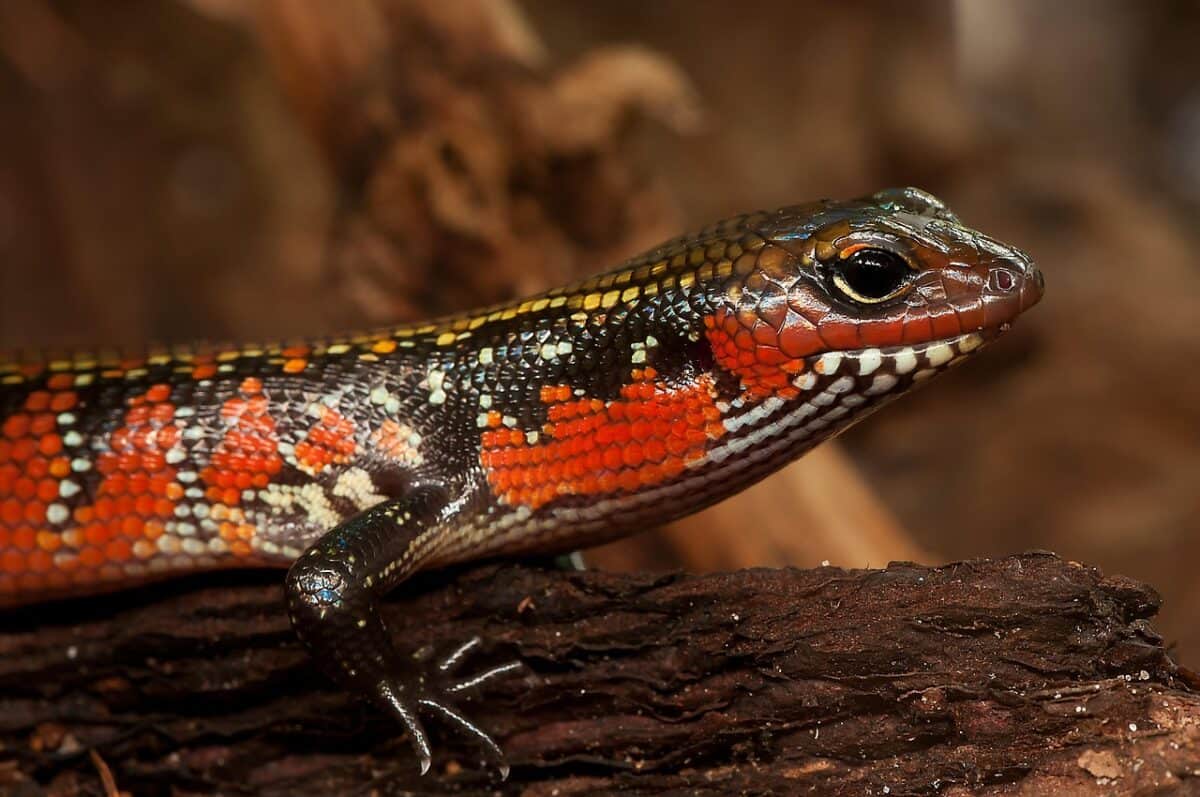
The terror skink (Phoboscincus bocourti) lives up to its dramatic name with its large size, powerful jaws, and fearsome teeth. This predatory lizard, endemic to the tiny Isle of Pines off New Caledonia in the South Pacific, was known to science only from a single specimen collected in 1876. After more than a century without any confirmed sightings, biologists declared it extinct – until 2003, when researchers conducting a biodiversity survey on the island made a startling discovery.
During fieldwork, herpetologist Ivan Ineich spotted and captured a living terror skink, confirming the species’ survival after 127 years of presumed extinction. Growing up to 20 inches long, this rust-colored lizard is a top predator in its habitat, using its curved, blade-like teeth to capture and dismember prey. Since its rediscovery, only a handful of specimens have been documented, making it one of the rarest lizards on Earth. The terror skink’s persistence in such a restricted range demonstrates how even well-surveyed islands can harbor secretive species, waiting to be rediscovered by patient scientists.
The New Caledonian Crested Gecko Resurrection Through Pet Trade
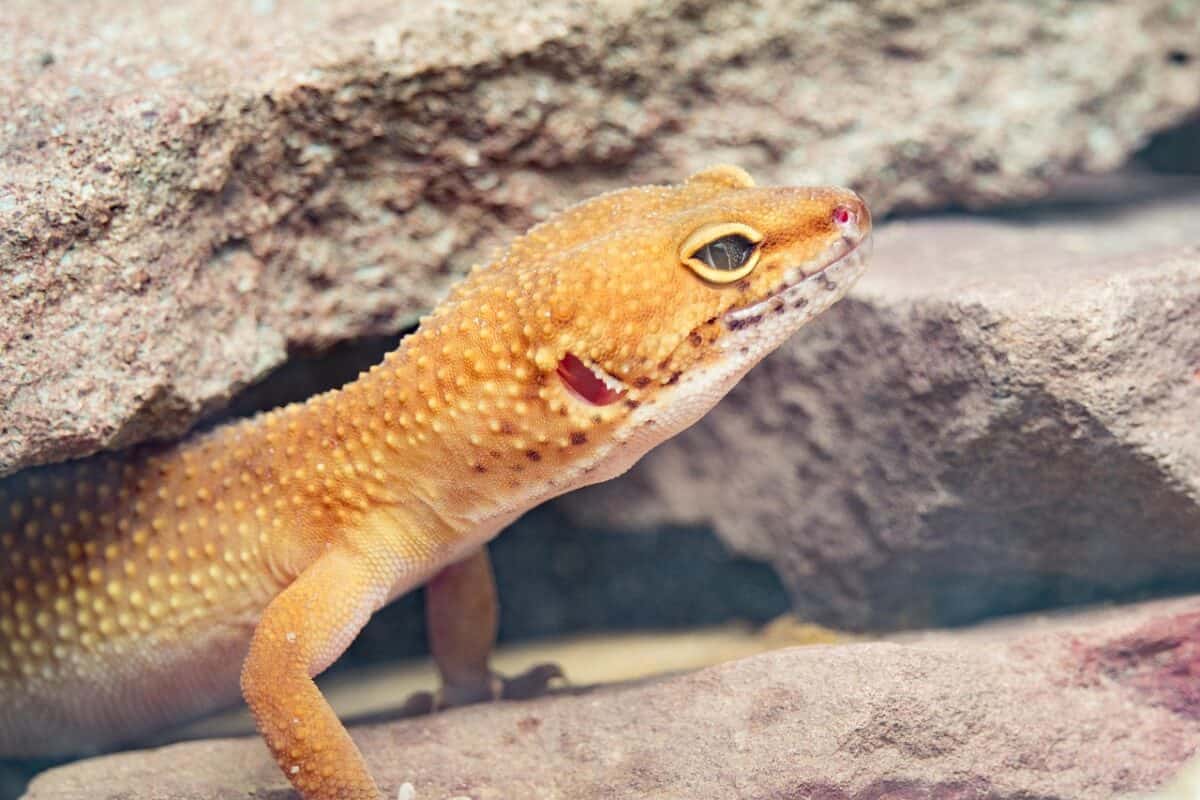
The New Caledonian crested gecko (Correlophus ciliatus) presents a unique case of a species whose salvation came through an unexpected channel – the exotic pet trade. Native exclusively to the southern end of New Caledonia in the South Pacific, this charismatic reptile was known only from specimens collected in the 1870s and was presumed extinct for over a century. In 1994, it was rediscovered during a field expedition following a tropical storm that had knocked many of these canopy-dwelling lizards to the ground.
Following its rediscovery, the crested gecko quickly gained popularity in the pet trade due to its distinctive appearance – featuring a crest of soft spines running from eye to eye and down its back – and its relatively easy care requirements. Ironically, while habitat destruction and introduced predators continue to threaten wild populations, the species now thrives in captivity, with hundreds of thousands bred annually worldwide. This has created a genetic reservoir that could potentially support reintroduction efforts. The crested gecko demonstrates how captive breeding, though not a substitute for habitat preservation, can provide a safety net for species on the brink of extinction.
The Cuban Solenodon A Venomous Survivor

The Cuban solenodon (Solenodon cubanus), also known as the almiquí, represents one of the world’s most unusual mammals. This nocturnal, shrew-like creature possesses a remarkable distinction as one of the few venomous mammals, delivering toxic saliva through specialized grooved teeth. Endemic to Cuba, this living fossil from an ancient mammalian lineage was first described in 1861, but sightings became so rare throughout the 20th century that by 1970, many zoologists considered it extinct.
After a 30-year absence from scientific records, a Cuban solenodon was unexpectedly captured in 2003, followed by several more specimens in subsequent years. Weighing about 1 pound and measuring around 16 inches long including its naked rat-like tail, the solenodon is remarkably primitive, retaining characteristics of mammals that lived alongside dinosaurs. Its survival is particularly remarkable considering its slow reproduction rate, producing just one or two offspring per year. Today, small populations persist in Cuba’s most remote mountain forests, though habitat loss, introduced predators like cats and mongooses, and their naturally low population density keep them critically endangered.
The Chacoan Peccary A Living Prehistoric Pig
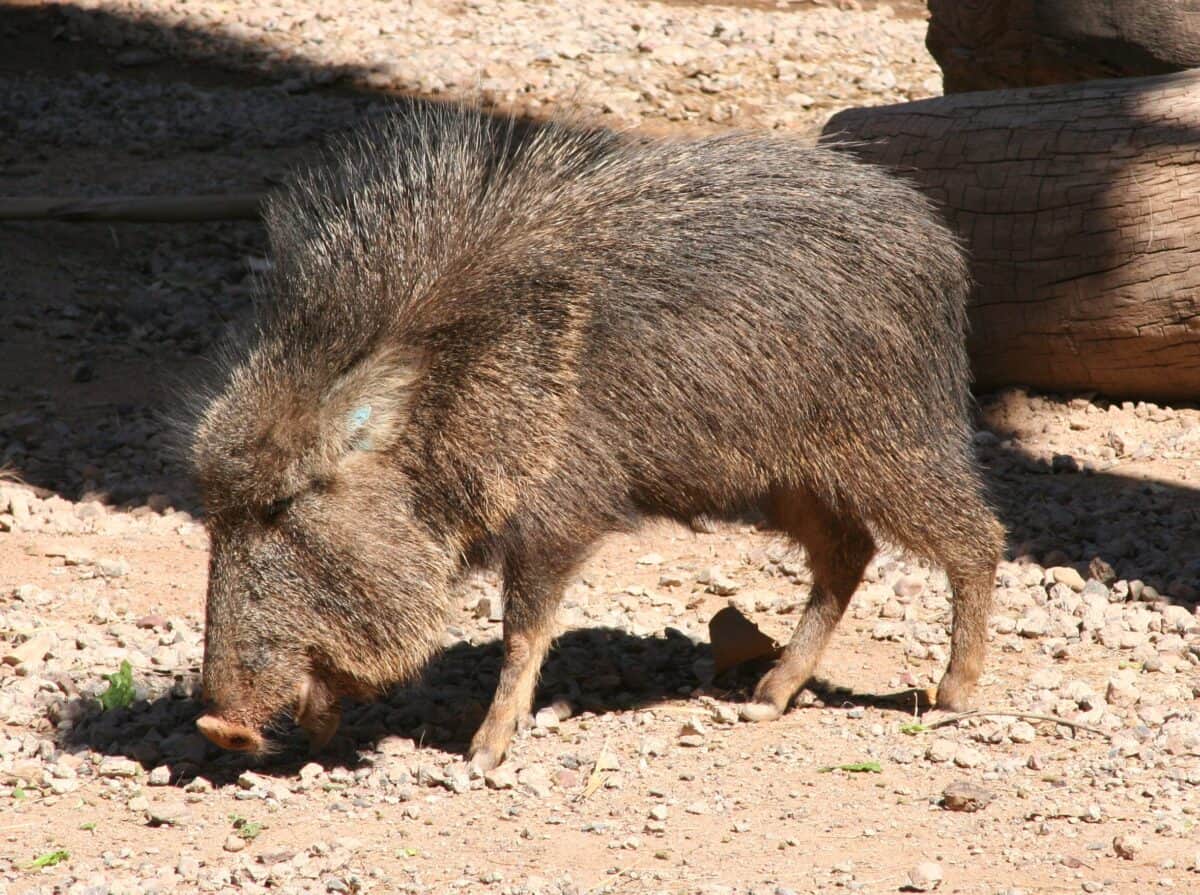
The Chacoan peccary (Catagonus wagneri), known locally as the tagua, represents one of the most remarkable “living fossil” stories in mammalian history. This species was initially described in 1930 based solely on fossil remains believed to be at least 10,000 years old. Scientists considered it long extinct – until 1971, when shocked researchers discovered living populations in the remote Gran Chaco region spanning Paraguay, Bolivia, and Argentina. Indigenous people knew of the animal’s existence all along, but their knowledge had not reached the scientific community.
The largest of the three peccary species, the Chacoan peccary stands apart with its distinctive appearance, including a large head, elongated snout, and white collar marking around the shoulders. These social animals live in groups of up to 10 individuals and have adapted to survive in one of South America’s harshest environments – the dry, thorny forests of the Gran Chaco. Despite having survived for millennia, the species now faces serious threats from extensive habitat conversion for agriculture, particularly soy plantations and cattle ranching. Conservation efforts, including a breeding center in Paraguay, aim to ensure this prehistoric survivor doesn’t disappear for good.
The Omura’s Whale Hidden In Plain Sight

The story of Omura’s whale (Balaenoptera omurai) differs from other “extinction survivors” as it wasn’t technically thought extinct – because science wasn’t even aware it existed as a distinct species until recently. Though specimens had been collected since the 1970s, they were misidentified as smaller versions of Bryde’s whales. It wasn’t until 2003 that genetic analysis confirmed these were actually a completely separate species. Until 2015, the scientific community had never documented a living Omura’s whale in the wild, with knowledge based solely on dead specimens.
The first confirmed live sightings and video documentation came from a research team working off Madagascar, revealing a strikingly beautiful baleen whale with asymmetrical coloration – white on the right side of the jaw and dark on the left. Growing to approximately 33 feet in length, these sleek whales are relatively small compared to other baleen whales. Since their scientific “debut,” Omura’s whales have been documented in various tropical and subtropical waters worldwide, suggesting they weren’t as rare as initially thought, just overlooked and misidentified. Their story highlights how even large marine mammals can remain effectively invisible to science, reminding us that the oceans still hold many undiscovered secrets.
The Mountain Pygmy Possum Australia’s Alpine Survivor

The mountain pygmy possum (Burramys parvus) holds the distinction of being discovered as a living animal after first being known only from fossils. In 1896, paleontologist Robert Broom described the species based on fossil remains thought to be thousands of years old. For more than six decades, scientists believed the tiny marsupial was extinct until 1966, when a living specimen was found at a ski lodge at Mount Hotham, Victoria, Australia.
This diminutive possum, weighing just 1.5 to 2.8 ounces, is the only Australian mammal restricted to alpine and subalpine environments. It’s adapted to harsh mountain conditions with a specialized hibernation cycle lasting up to seven months during the snowy winter. The mountain pygmy possum faces enormous conservation challenges as climate change threatens its already limited habitat. With fewer than 2,000 individuals remaining across three isolated populations in the Australian Alps, conservation efforts include habitat protection, predator control, and innovative solutions such as the construction of a “tunnel of love” – an underground passage connecting separated populations to enhance genetic diversity. The possum’s story represents the complex intersection of rediscovery, climate vulnerability, and dedicated conservation intervention.
The Laotian Rock Rat A “Lazarus” Rodent

Adorable rat nibbling food, showcasing whiskers and fur detail. Photo by Pixabay
The discovery of the Laotian rock rat (Laonastes aenigmamus) in a Southeast Asian food market in 1996 led to one of modern zoology’s most surprising revelations. Initially described as a completely new family of rodents in 2005, subsequent analysis of the animal’s skull and skeletal features revealed something even more astonishing – it belonged to a family (Diatomyidae) previously known only from fossils and thought to have gone extinct 11 million years ago. This remarkable finding earned it the nickname “the rat of all rats” among scientists.
The Laotian rock rat, also called kha-nyou by locals, resembles a cross between a rat and a squirrel with distinctive features including a dark, shaggy coat, a hairy tail, and unusually large incisors. Endemic to limestone karst formations in Laos, these nocturnal rodents live in the rocky outcrops and move with a distinctive hopping gait. Their survival represents an extraordinary case of evolutionary stasis, with minimal changes over millions of years. Though hunted for food locally and threatened by limestone quarrying, focused conservation efforts are now working to protect this living fossil, whose existence bridges a gap in the rodent evolutionary record spanning millions of years.
The Takahe New Zealand’s Flightless Wonder

The takahe (Porphyrio hochstetteri) embodies New Zealand’s unique evolutionary history as an island of flightless birds. This large, colorful rail with vibrant blue-purple plumage and a massive red bill was once widespread across New Zealand’s South Island. However, following European settlement, habitat loss and introduced predators took a devastating toll. By 1898, after decades without confirmed sightings, scientists declared the takahe extinct – only to be proven wrong 50 years later.
In an extraordinary discovery that captivated New Zealand, physician and naturalist Geoffrey Orbell rediscovered a small population in 1948 in a remote valley of Fiordland National Park. The isolated location had protected these birds from introduced predators that devastated populations elsewhere. Weighing up to 8.6 pounds and standing 20 inches tall, the takahe is the world’s largest rail species. Conservation efforts have been intensive, including captive breeding, predator control, and establishment of new populations on predator-free islands. From the brink of extinction with just 200 birds in the 1990s, the population has increased to over 400 individuals today. The takahe’s recovery represents a conservation success story that has become emblematic of New Zealand’s commitment to preserving its unique native fauna.
The Gilbert’s Potoroo Australia’s Rarest Mammal
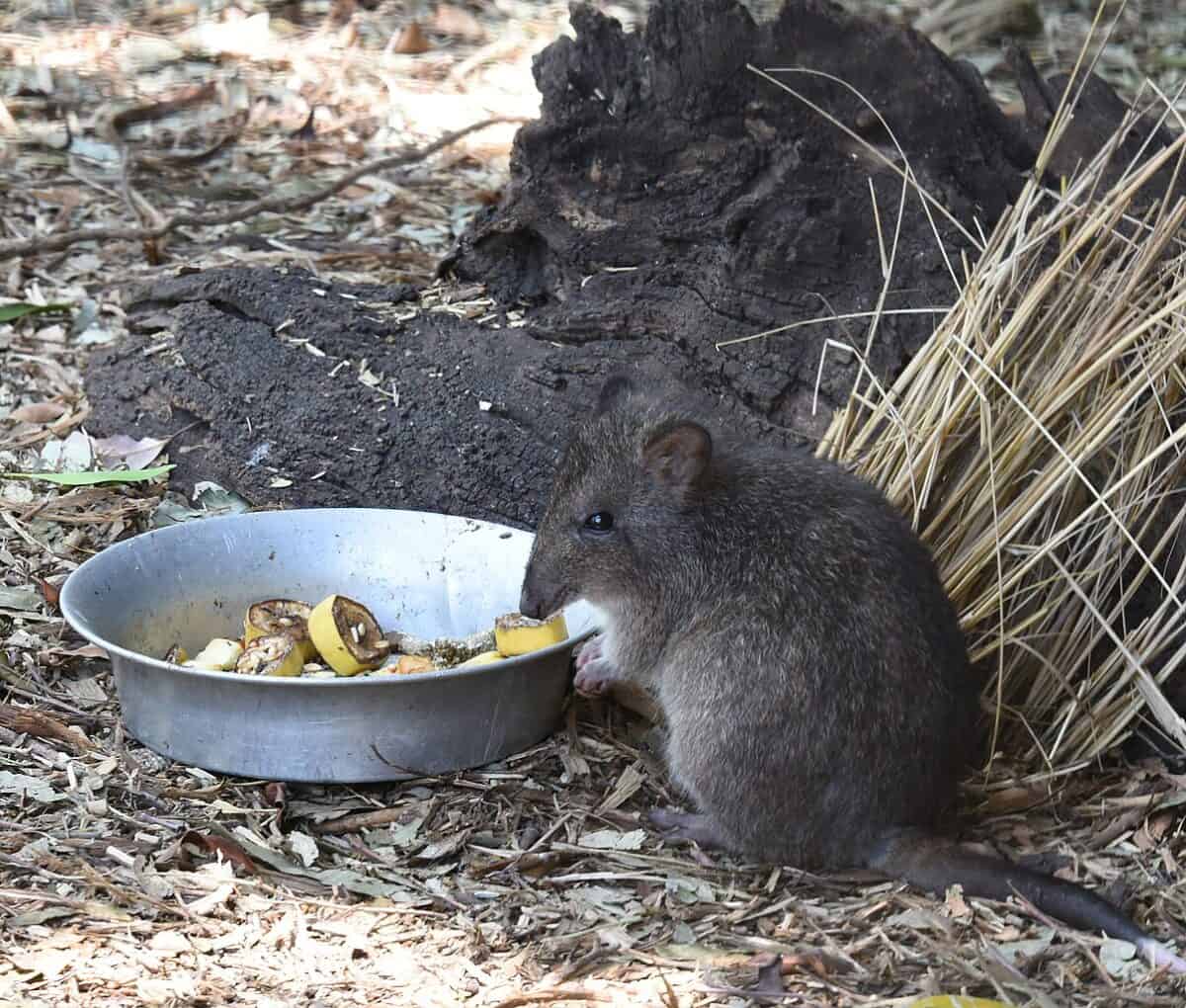
The Gilbert’s potoroo (Potorous gilbertii) holds the unenviable title of Australia’s most endangered mammal, having come perilously close to undetected extinction. This small marsupial, resembling a rabbit-sized rat-kangaroo, was first described in 1841 but became so elusive that after the last confirmed sighting in 1879, it was presumed extinct for more than a century. In a moment that electrified the zoological world, a small population was rediscovered in 1994 during a routine survey for wallabies at Two Peoples Bay Nature Reserve in Western Australia.
This nocturnal fungus specialist has specific ecological requirements, feeding almost exclusively on underground fungi (truffles) that form mycorrhizal relationships with plant roots. At the time of rediscovery, fewer than 40 individuals survived in a single population occupying just 2.5 square miles. Subsequent conservation has focused on establishing additional populations on predator-free islands and maintaining intensive fox and cat control around the original population. Though numbers remain critically low at around 100 individuals, the Gilbert’s potoroo demonstrates how even species on the absolute brink of extinction can be saved through dedicated conservation management, providing there is sufficient habitat and understanding of their ecological needs.
The Fernandina Giant Tortoise A Galapagos Miracle

The Fernandina giant tortoise (Chelonoidis phantasticus) was known from only a single specimen collected in 1906, earning it the species name “phantasticus” – referring to its fantastic or almost imaginary status. With no further sightings despite multiple expeditions to Fernandina Island in the Galapagos, the IUCN officially listed it as “possibly extinct.” Then, in a development that stunned conservationists worldwide, a female Fernandina tortoise was discovered in 2019 during an expedition led by the Galapagos Conservancy and Galapagos National Park Directorate.
Genetic testing confirmed the female, estimated to be over 100 years old, was indeed a member of the long-lost species. This medium-sized Galapagos tortoise has a distinctive saddleback shell shape, an adaptation that allows it to reach higher vegetation. The discovery prompted renewed hope that other individuals might survive on the remote, largely unexplored island, which features difficult terrain dominated by lava fields and vegetation thickets. Subsequent expeditions have found tortoise scat and bite marks on cacti, suggesting at least a few more tortoises may inhabit the island. The female, nicknamed “Fernanda,” now lives at the Galapagos National Park’s Giant Tortoise Breeding Center as scientists continue searching for a male to establish a breeding program for this species that defied 113 years of presumed extinction.
The Conclusion: What These Survivors Teach Us

The rediscovery of Lazarus species like the coelacanth, the Bermuda petrel, and the Fernandina giant tortoise serves as a profound reminder that extinction is not always the end of the story. These rare animals challenge our assumptions about biodiversity loss and underscore the resilience of life in even the most hostile or remote environments. More than mere biological oddities, they are symbols of hope in an age of accelerating environmental change. Their survival highlights the critical role of conservation, habitat protection, and scientific curiosity in reversing the course of extinction. These second chances also carry a responsibility: to act before more species fade into oblivion unnoticed. The existence of these living fossils and forgotten creatures tells us that nature, given the chance, can endure—and that our efforts, however small, can make the difference between loss and survival.
- 13 Most Aggressive Mammals in the Wild - August 24, 2025
- 10 Behaviors That Keep Eagles Healthy And 3 That Shorten Lifespan - August 24, 2025
- 13 Wildest Animal Migration Journeys - August 24, 2025

